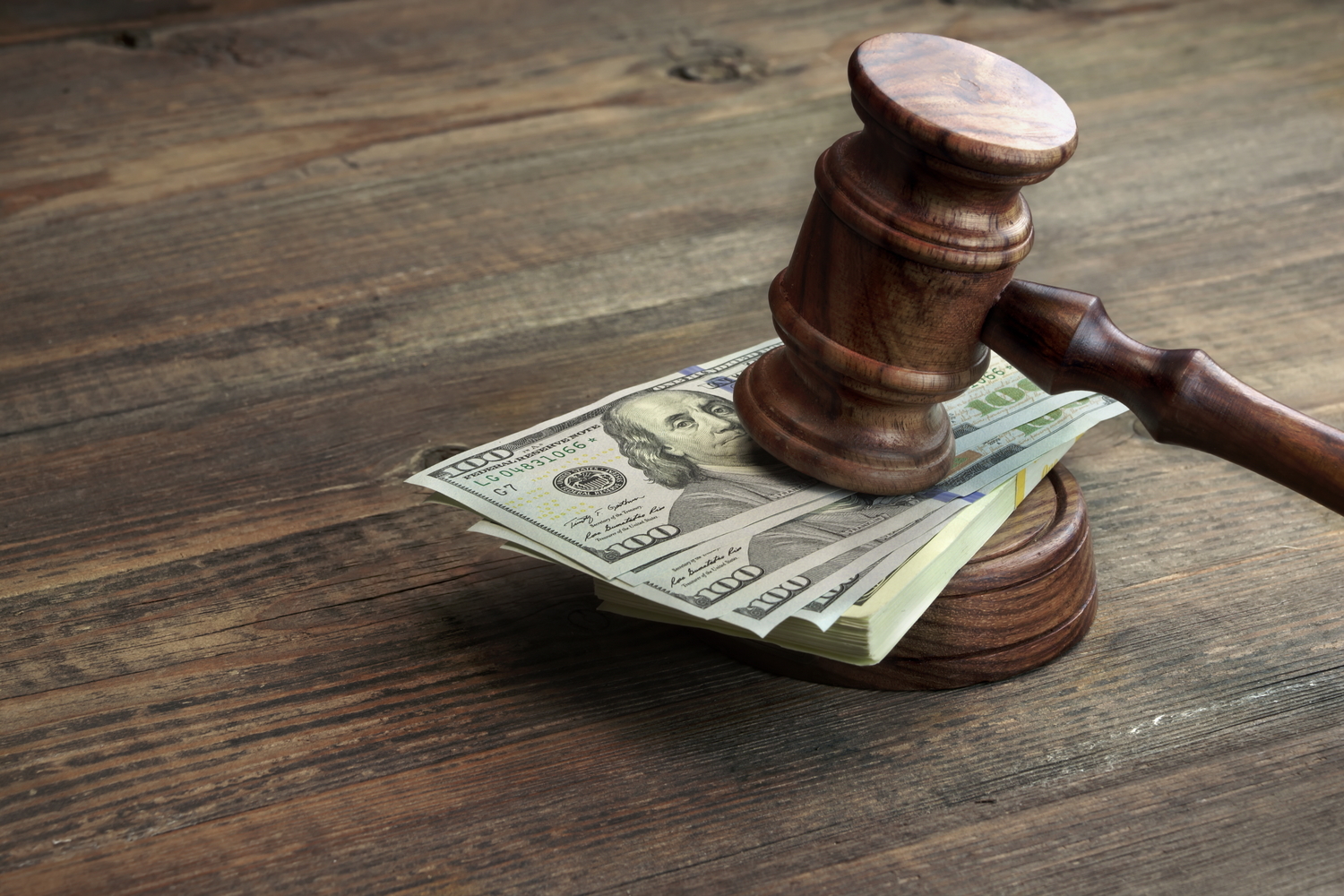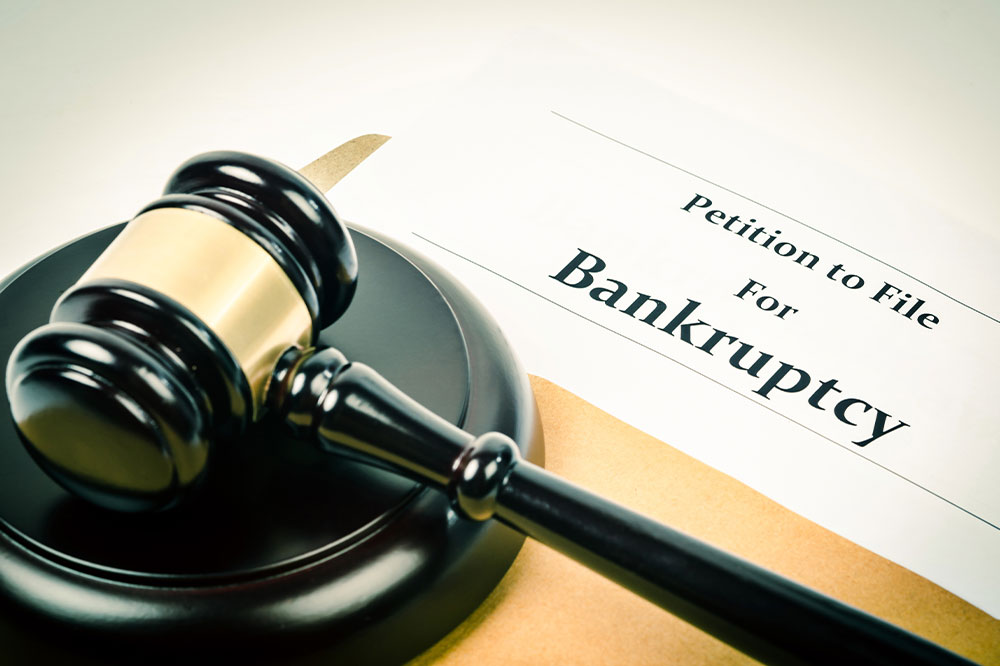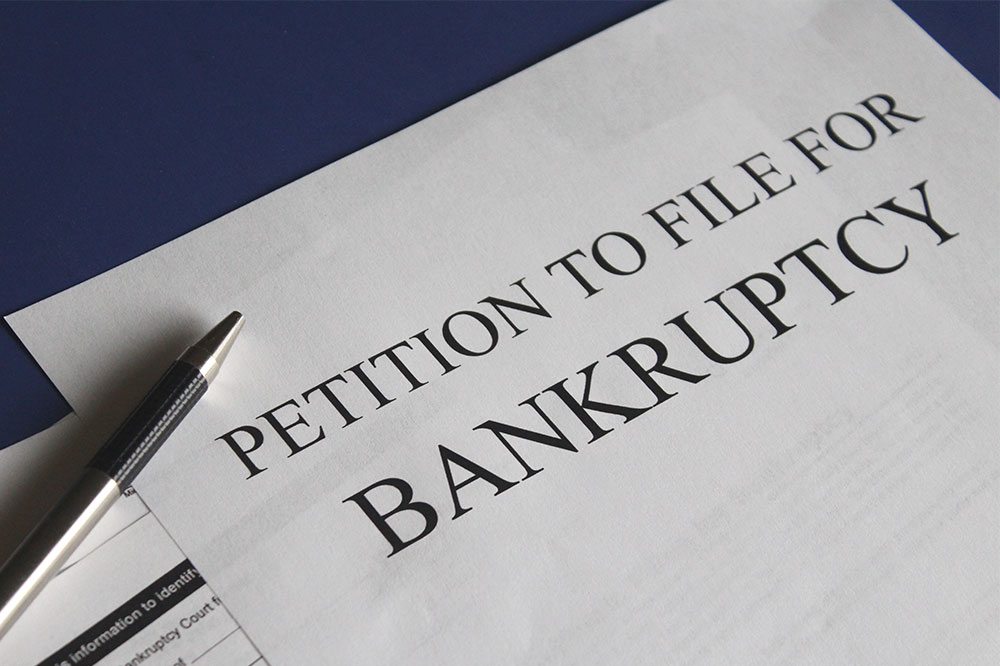Guide to Filing for Chapter 7 Bankruptcy and Associated Costs
Learn about the Chapter 7 bankruptcy process, costs, and implications. This comprehensive guide covers filing steps, costs involved, eligibility criteria, and the effects on credit. Understand how asset liquidation works, what debts can be discharged, and the importance of consulting financial professionals. A useful resource for individuals considering bankruptcy as a last resort to resolve overwhelming debt issues, ensuring you are well-informed before proceeding.
Guide to Filing for Chapter 7 Bankruptcy and Associated Costs
Chapter 7 bankruptcy provides a legal framework for liquidating assets to settle debts when individuals or companies are unable to pay. An appointed trustee manages the process, reviewing assets and facilitating debt settlement. To begin, you must submit the necessary paperwork, after which the trustee examines your finances. Understanding the steps involved, costs, and implications of Chapter 7 is essential for a successful filing.
What is Chapter 7 Bankruptcy?
Chapter 7 allows for the liquidation of property when debtors cannot meet their financial obligations. An impartial trustee reviews your assets to determine what can be sold to satisfy creditors. Priority is given to unsecured debts like taxes, child support, and personal injury claims before secured debts. Remaining debts are discharged once asset liquidation concludes.

Filing restrictions include a waiting period of at least eight years from a previous Chapter 7 discharge. Debtors must pass a means test to qualify.
Chapter 7 Bankruptcy Costs
The total expenses involve a court filing fee of $338, which covers trustee fees of $15, administrative charges of $78, and court fees of $245. Additional charges may apply if you need to reopen the case, with a fee of $260.
Costs also include legal fees, which vary based on case complexity, location, and attorney rates. While fixed filing fees are relatively low, attorney fees can reach into thousands of dollars.
The bankruptcy process involves several key steps:
Filing and Credit Counseling
You must undergo credit counseling within six months prior to filing. After completing the session, you can file your petition, which details income, expenses, assets, creditors, and personal finances. Filing creates an automatic stay that halts collections and garnishments.
Trustee Appointment
The court appoints a trustee to oversee your case, review your assets, and determine what can be liquidated. The trustee conducts a meeting where creditors can ask questions, ensuring transparency and confirming your financial details.
Debt Repayment and Asset Liquidation
The trustee sells designated assets to pay creditors, usually allowing you to retain essential property like your primary residence, vehicle, and personal belongings. Additional assets may be seized and sold to cover debts.
Debt Discharge
Following liquidation, debts are paid in a specific order, and remaining obligations are legally discharged. Certain debts, such as student loans, taxes, child support, and alimony, are not dischargeable under Chapter 7.
Post-Bankruptcy Impacts
Filing affects your credit score for up to ten years, impacting your ability to obtain new loans. It’s crucial to weigh the costs and consequences carefully, considering bankruptcy as a last resort to avoid long-term financial challenges.
Important Notice:
Information provided is for informational purposes and based on research and expert data. Since financial laws and circumstances change, consult a professional before making any legal or financial decisions. We are not responsible for inaccuracies or individual-specific outcomes.









